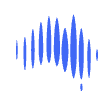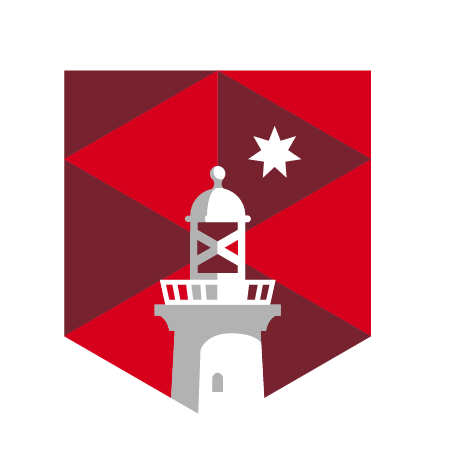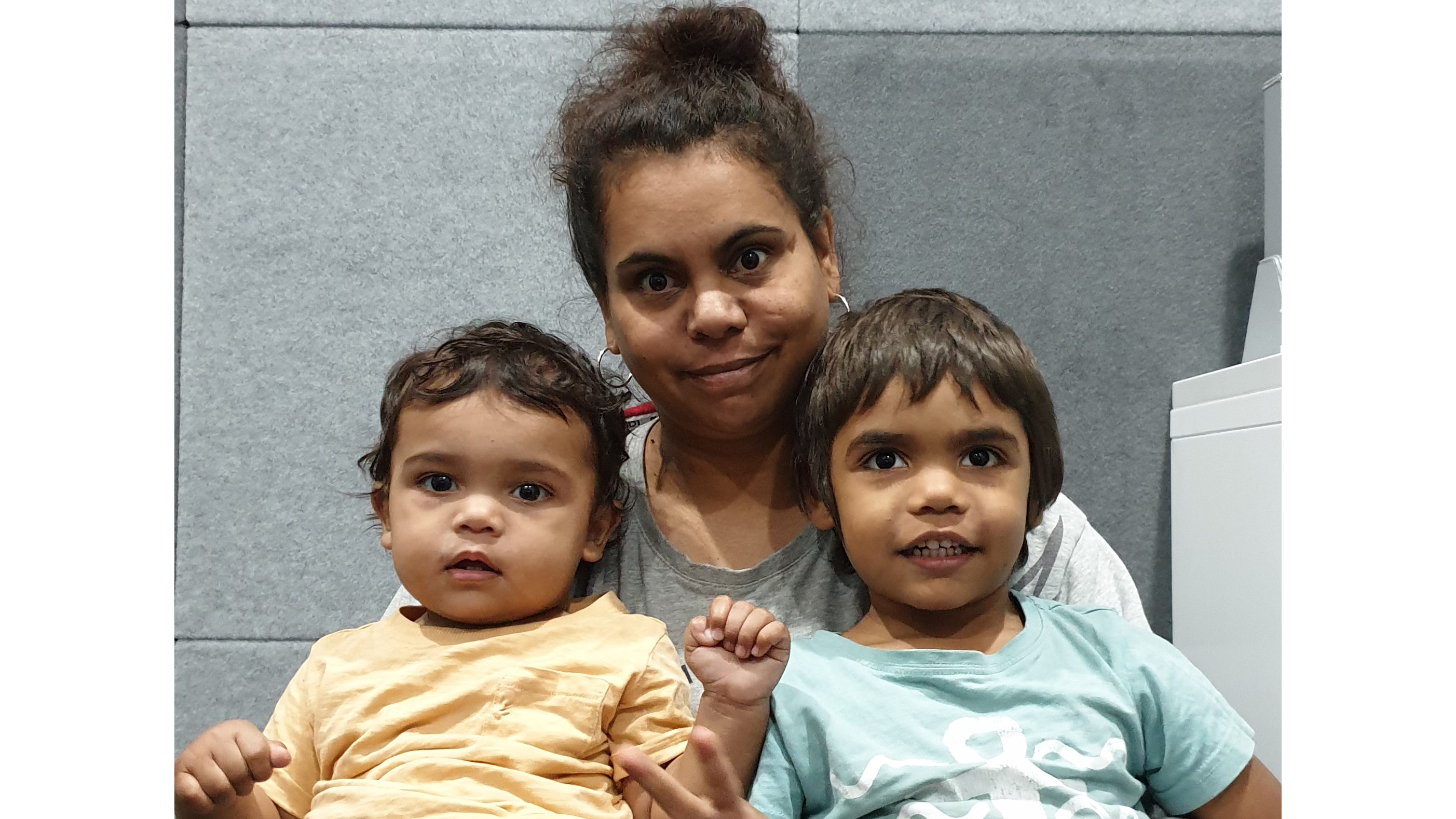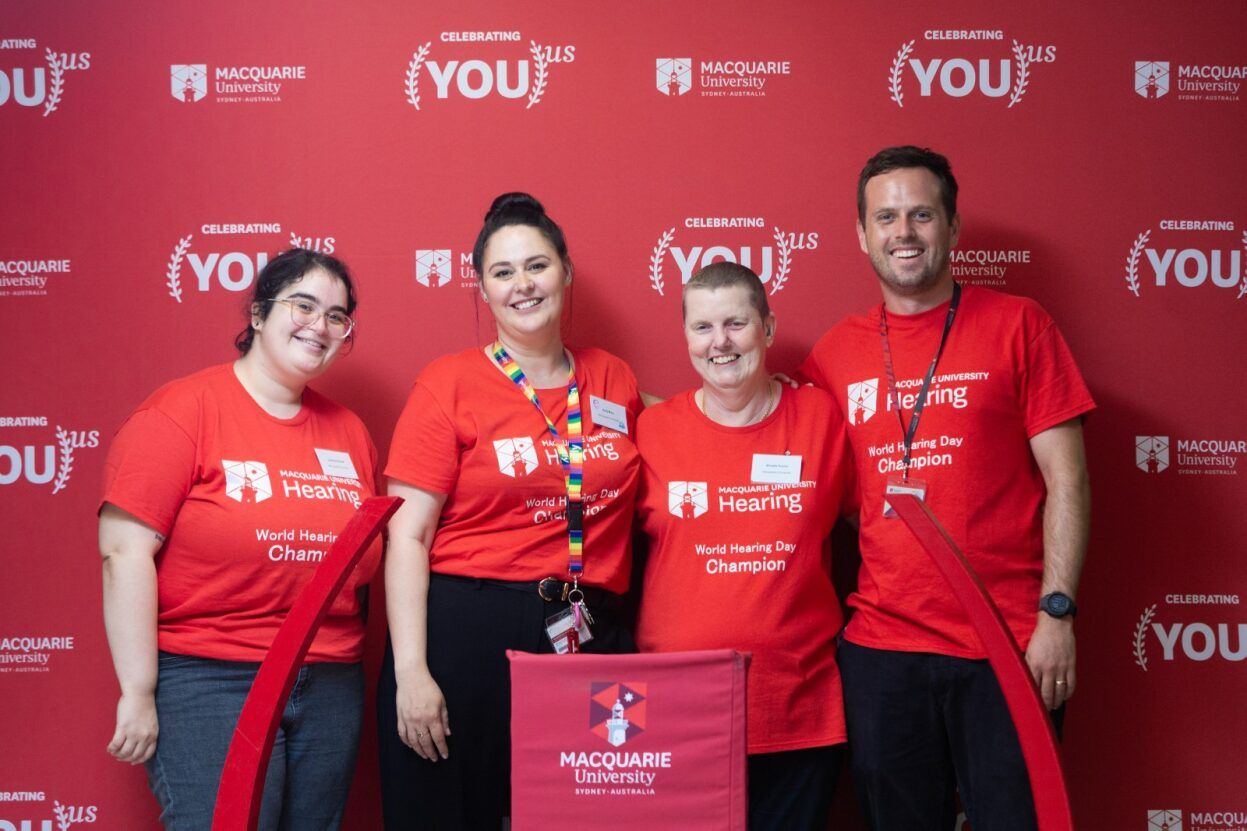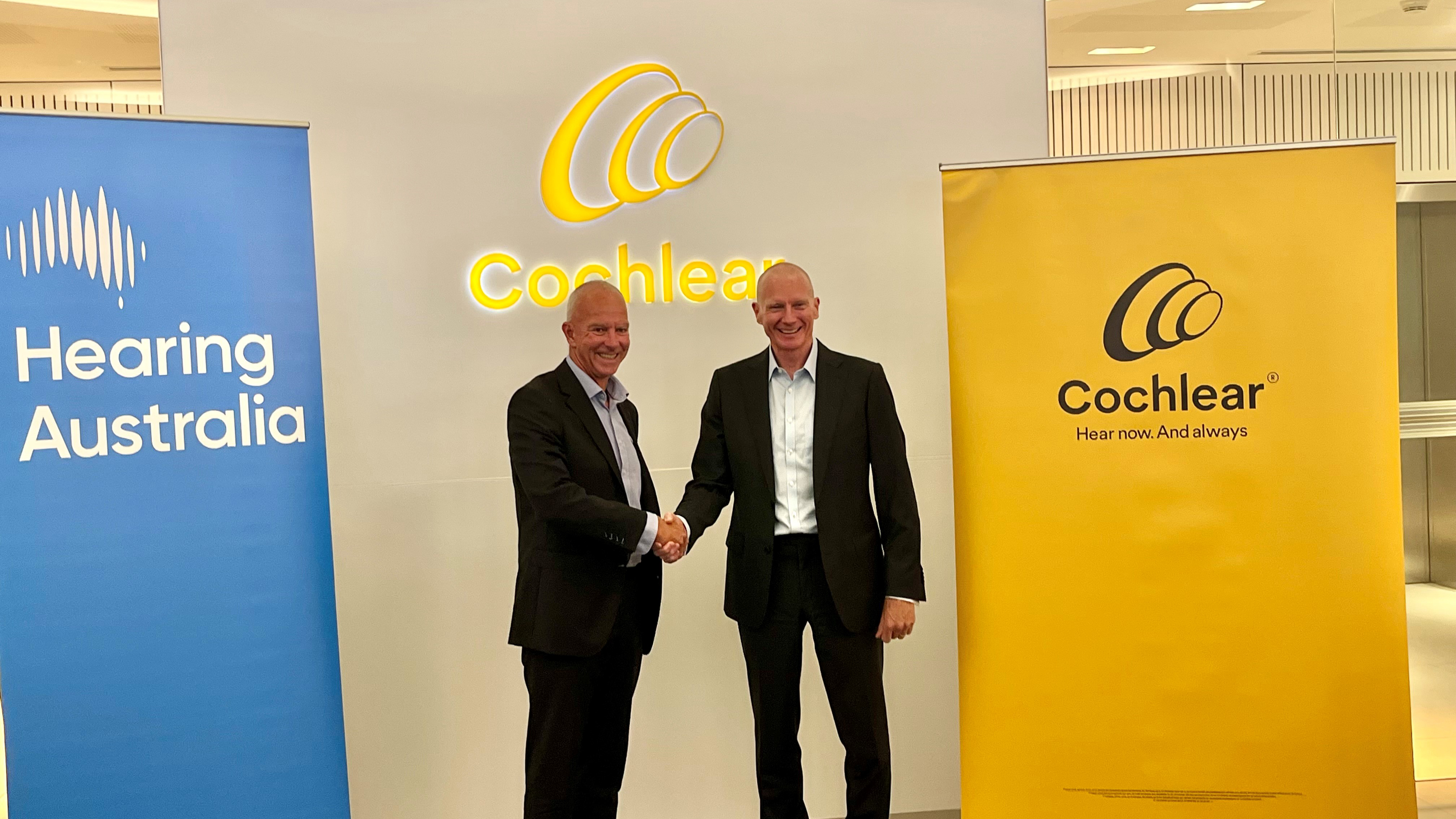Hearing Australia is working with communities across regional, rural and remote Australia to tackle high rates of hearing loss in young Aboriginal and Torres Strait Islander children.
To date, Hearing Australia’s Hearing Assessment Program – Early Ears, dubbed, HAPEE, has conducted diagnostic hearing assessments of over 2,100 children and 76 communities since it began 12 months ago.
The HAPEE program is a result of $30 million investment by the Australian Government to reduce the long term effects of ear disease in Aboriginal and Torres Strait Islander children, who have significantly higher rates of hearing loss than non-Indigenous Australian children, most commonly due to middle ear infection, otitis media.¹
The program focuses on young children who are not yet enrolled in primary school.
“It is essential that we identify hearing loss early on, especially between ages 0-3 when a child’s listening and language skills are developing rapidly,” says Michele Clapin, HAPEE Manager, Hearing Australia.
“It means that when that child starts school, their listening and communication skills are more likely to be on track, so they’ll be better equipped to participate in, succeed in and enjoy education.”
Natasha Walker, mother of Joseph and Zion says, “Both of my sons have been assisted with their hearing through the HAPEE program. Zion is now 3 years old and was first seen through HAPEE prior to and after insertion of grommets. Then, when I realised that my son Joseph was not responding to the other kids, not really looking when they were making a lot of noise and he was just sleeping through the noise, I asked the nurse for a referral to HAPEE for Joseph as well. He was first seen at the age of 6 weeks and is now 13 months old.”
“HAPEE has been very helpful because we have more understanding about their ears and how Zion’s grommets are working. HAPEE has been really good for us and I would recommend it others. I am so happy that my boys are now able to hear and it’s great to see them happy and able to listen the people and sounds around them,” says Natasha.
To date, Hearing Australia has identified 455 children with undiagnosed hearing loss and helped get them the clinical services they need.
The youngest child diagnosed with hearing loss was a one-month baby who had passed a hearing test at birth but then developed otitis media. This highlights the importance of the program and the need to support regional and remote communities prevent and address hearing loss in young children.
The HAPEE program was developed with Aboriginal Community Controlled Health Service representatives, the Department of Health, key people from the Aboriginal and Torres Strait Islander hearing health sector and Hearing Australia. The program is run on a national basis and links with, or complements, existing community programs.
So far, 67 Aboriginal Community Controlled Health Services have signed up to support the delivery of the HAPEE program in their communities.
As well as providing diagnostic hearing assessments for young children, the program equips local primary care providers, early education staff and parents and carers with the knowledge to identify, manage and monitor hearing loss in young children.
At this stage, over 80 audiologists are working for the program on a part-time basis, in addition to eight Aboriginal Community Engagement Officers who work with local communities.
Together, they are working to ensure more and more Aboriginal and Torres Strait Islander children grow up with good hearing health.
Ends –
About Hearing Australia
For over 70 years, Hearing Australia has been helping Australians rediscover the joy of sound. Its purpose is to provide world leading research and hearing services for the wellbeing of all Australians. Hearing Australia operates in around 168 permanent hearing centres as well as visiting sites across Australia and is the nation’s largest provider of government-funded hearing services for children, young adults up to 26, adults with complex communication needs, Aboriginal and Torres Strait Islander people, pensioners and veterans.
References:
¹ Natural history, definitions, risk factors and burden of otitis media by Kelvin Kong and Harvey LC Coates.
| Media enquiries:
Vicky Saunders-Flaherty Hearing Australia 02 9412 7024 | 0436 522 196 Vicky.saunders-flaherty@hearing.com.au |

